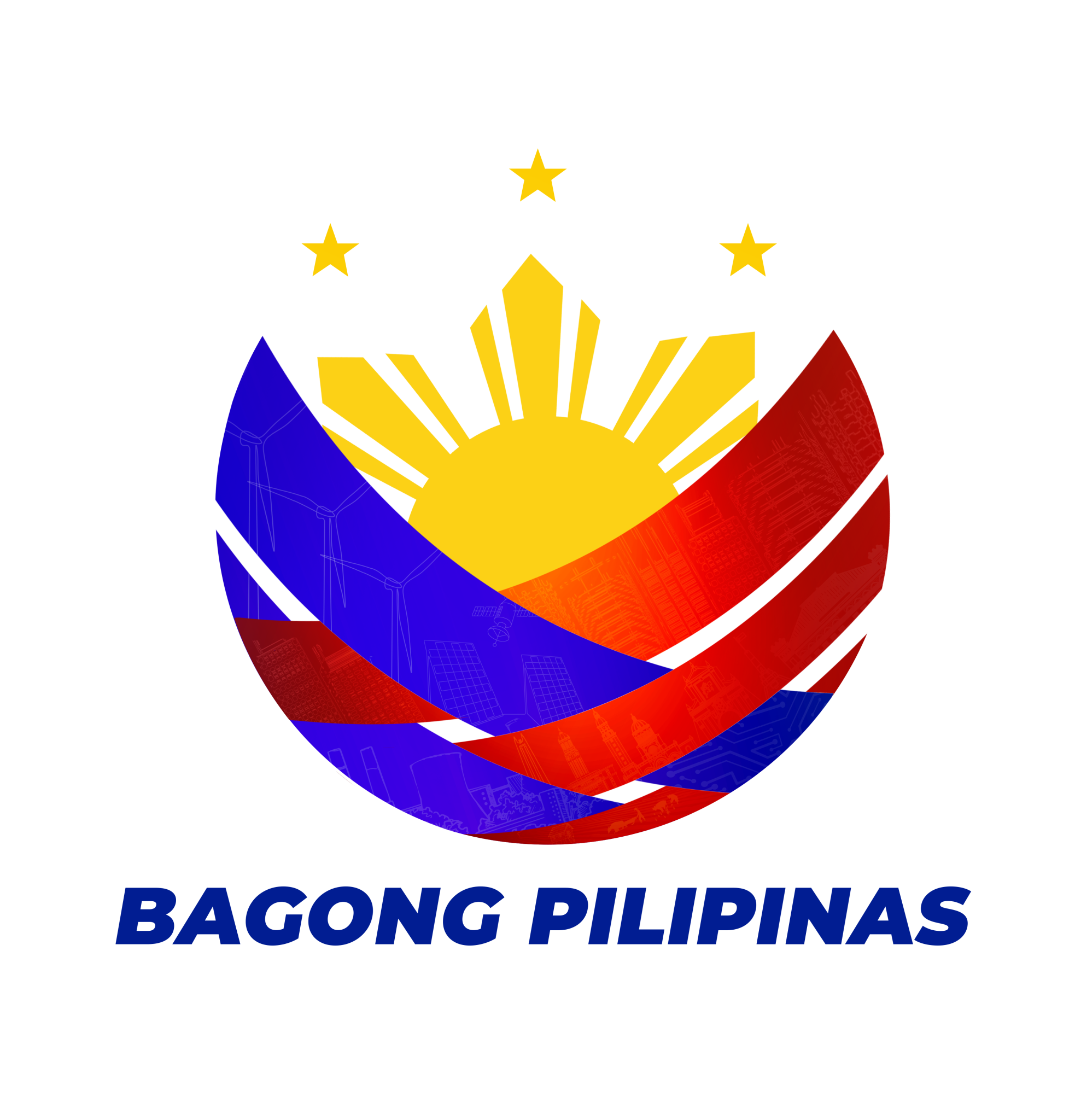Historic PH-Australian People-to-People Relations Form Bedrock of PH-Australian Bilateral Relations
Official Philippine-Australian relations started in 1946 immediately after the Philippines won its independence, but historical people-to-people relations date back much earlier, when Filipino pearl divers first arrived in two locations namely in Broome, Western Australia and Thursday Island in Queensland in the late 19th century.
At present, Broome continues to hold annual festivities to honor migrants who first arrived as pearl divers, and traces of Filipino influence can be found in the local cuisine, including their version of Filipino dishes such as adobo.
Any student of military history will be delighted by the wealth of resources one can find on Philippine-Australian shared history.
Philippine Revolution
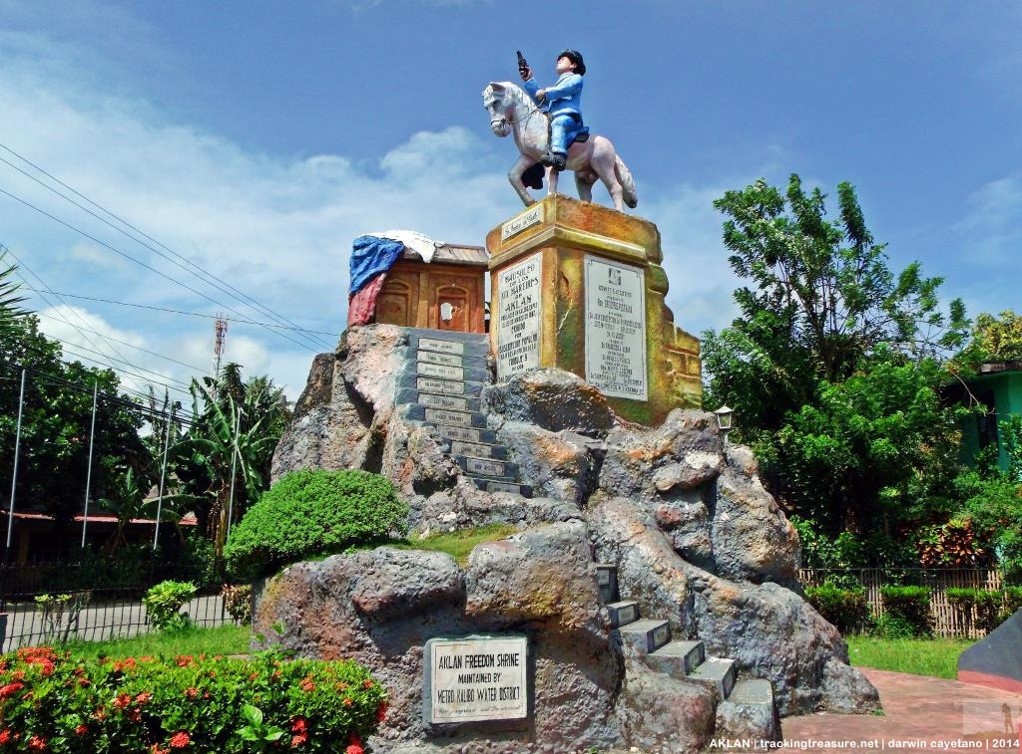
The Aklan Freedom Shrine honoring General Francisco del Castillo and the nineteen martyrs of Aklan including Candido Iban.
Australia had an unwitting role during the Philippine revolution against Spain. Two pearl divers from Aklan, Francisco del Castillo and Candido Iban, won the lottery and decided to donate proceeds to the Katipunan. They eventually joined the Katipunan, became leaders in the Visayas, and died as martyrs. A monument now stands in their honor at the Aklan Freedom Shrine in Kalibo.
Heriverto Zarcal was a wealthy Filipino businessman in Thursday Island who became a de facto Philippine representative in Australia because he was a member of then General Emilio Aguinaldo’s Revolutionary Council. He contributed regularly to the revolutionary cause and showed his patriotism by naming his building “Noli me Tangere” and his three ships “Natividad” “Llanera and “Aguinaldo.”
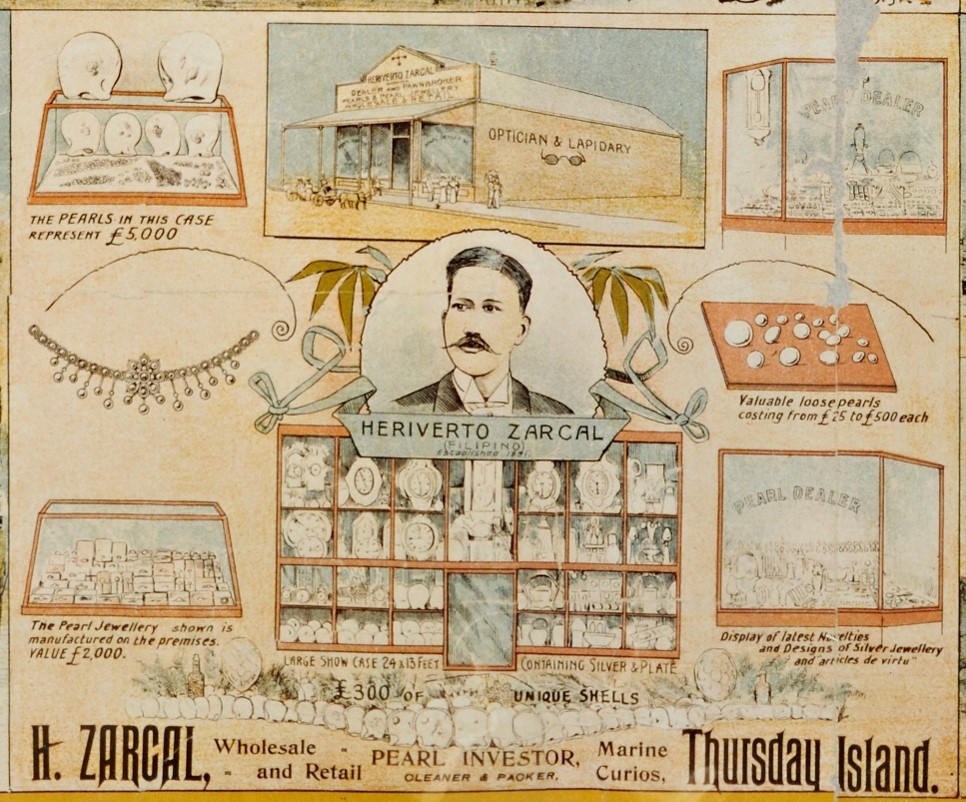
An 1897 ad promoting Mr. Zarcal’s pearling business on Thursday Island (source: State library of Queensland)
World War I
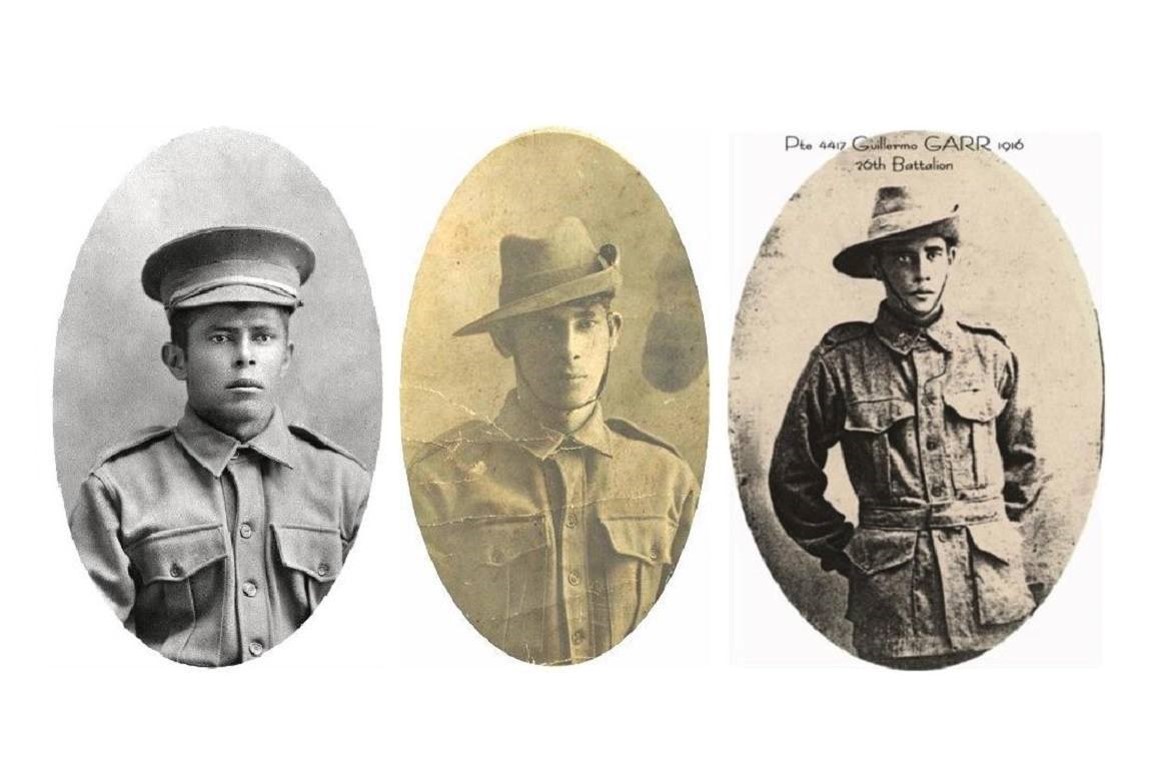
The Ga brothers who served with the Australian Imperial Forces during the First World War (source: Ret. Major Paul Rosenzweig)
Retired Maj. Paul Rosenzweig, a former Australian diplomat assigned in Manila, found in his research that many Filipino-Australians joined the Australian Imperial Forces in Europe. The Philippines have the equivalent of the Australian movie “Water Diviner” in the story of the three Ga (aka Garr) brothers from Thursday Island who enlisted at the same time. One was discharged for poor health and died later in Australia, another died in battle in France, another in Belgium in the Battle of Westhoek Ridge.
World War II
World War II saw the widest military engagement between the two countries, as 21 Filipinos died during the bombing of Darwin, including 16 merchant mariners. On the other hand, more than 4,000 Australians participated in the liberation of the Philippines, and 92 Australians died in battle. A little-known fact was that after the fall of Bataan and Corregidor, then President Manuel Quezon first established his government in exile in Melbourne, at the residence of the Lord Mayor of Melbourne E Leo Curtis.
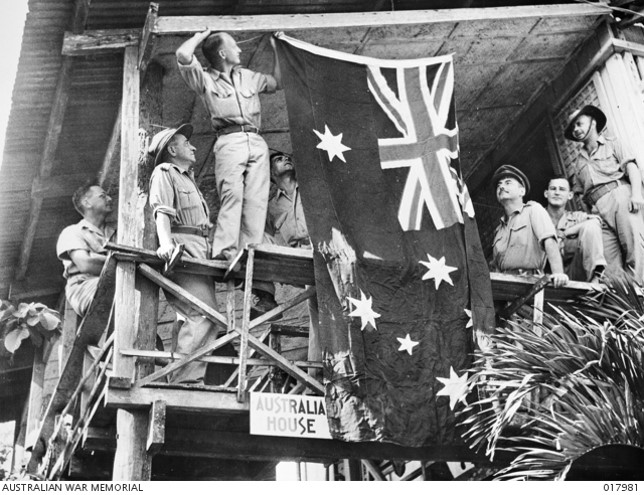
Leyte Island, Philippines, 8 January 1945. The first Australian flag to reach the Philippines is draped at 'Australia House', the residence of war correspondents (source: Australian War Memorial)
Sgt. Lorenzo Gamboa was a Filipino who enlisted with the U.S. Army and became the face of the movement against the White Australia policy immediately after the war, after being refused permanent residence in Australia despite having an Australian wife and children.
Continuing Engagements
At present, the Philippines and Australia continue their strong engagement in the defense and security realm in such areas as humanitarian and disaster relief assistance, transfer of technology, personnel development, military exercises and peacekeeping operations. Australia plays a major role in countering violent extremism in the region, and made significant contributions in the battle to liberate Marawi City from terrorist elements in 2017.
Therefore, when it is stated that Philippine-Australian relations are anchored on the values of democracy and shared history, this is clearly not an empty rhetoric. As one can see from the above examples, there exist a wealth of deep engagements that form the bedrock of Philippine-Australia relationship and which can be highlighted or called upon for inspiration as the two countries move forward in other realms of the relationship. END
For more information, visit www.canberrape.dfa.gov.ph, www.philembassy.org.au or https://www.facebook.com/PHinAustralia/.

